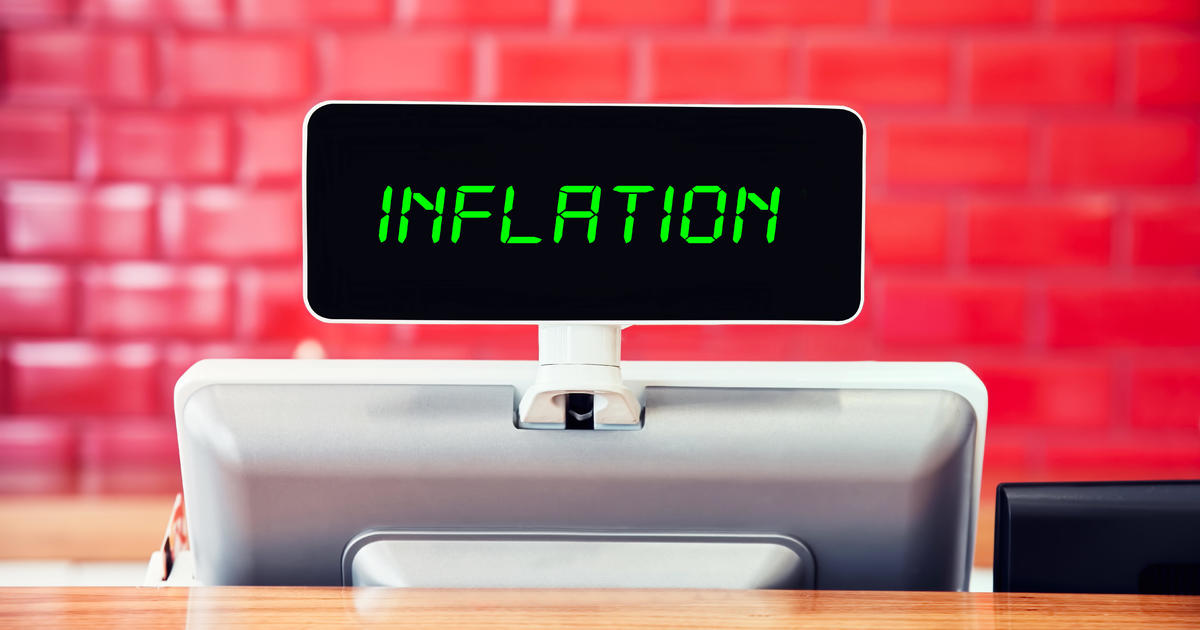
The Federal Reserve has stuck to its characterization of this year’s higher inflation as a “transitory” issue. But after six months of higher prices touching everything from food to energy prices, some economists say the phenomenon appears to be sticking around — and could last well into 2022.
“I think probably another word is needed,” noted Kathy Bostjancic, chief U.S. financial economist at Oxford Economics. Although, she added wryly, “transitory” could simply mean “it won’t persist in perpetuity.”
Such price hikes are sending shocks through household budgets, following almost a decade when inflation rose between 1% to 2% annually. But in 2021, inflation is forecast to stand close to 5%, according to the Federal Reserve Bank of Minneapolis. That’s souring Americans on the nation’s financial outlook, with more than 6 in 10 calling the economy poor, according to polling from The Associated Press-NORC Center for Public Affairs Research.
Unfortunately, inflation isn’t likely to return to its pre-2021 levels within the next few months, economists now predict.
“Our sense is that the inflation and price increases will get worse in the near term before they get better,” Bostjancic noted. Her forecast is that headline inflation — or inflation including gas and food prices — will stand at 5.3% in the first three months of 2022, but may start to ease in the second quarter.
Goldman Sachs analysts, meanwhile, forecast inflation will return to about 2% — but not until late 2022.
About half of Americans say they now expect the economy to worsen in the next year, compared with just 30% who think it will get better. In the AP-NORC poll conducted in February and March, the situation was reversed: 44% expected the economy to get better in the year ahead and just 32% said it would get worse.
With inflation running well above its recent norm, all eyes are now on the Federal Reserve, which on Wednesday is expected to announce it will begin winding down its bond-buying stimulus program.
But economists say they will also be listening for whether the Fed plans to hasten plans to boost interest rates from their current level of almost zero — a move that could help tame inflation.
For some consumers, the inflationary spike brings back memories of another era when inflation was high.
“I grew up in the 1970s and I remember it was hard for my parents to make ends meet,” Nadine Christian, 55, told the Associated Press. “It’s not quite as bad as it was back then but I feel like any day we could go off the rails.”
“Pent-up consumer demand”
Inflation spiked higher this year due to the confluence of several pandemic trends, economists say. First, the rollout of COVID-19 vaccines in early 2021 spurred pent-up demand from consumers, millions of whom were flush with cash due to stimulus checks and extra unemployment aid.
But at the same time, the U.S. workforce hasn’t fully recovered from the pandemic. There are still 3.2 million fewer workers today than in February 2020, before the COVID-19 pandemic shut down the economy. Among the businesses impacted by the labor force shortage are those in the supply chain — transportation companies, warehouses and other businesses that help move goods around the U.S.
That’s created what Bostjancic calls “sticky supply-driven inflation.”
“There was huge pent-up consumer demand, and demand came back sharply, and supply couldn’t keep up,” she added.
But there’s a risk if the Fed boosts interest rates more quickly than expected, Bostjancic noted. “You could have a double-jeopardy risk that they raise rates now to combat inflation, but that it kicks in just as supply comes online and demand moderates,” she said.
Utilities, food, paper goods
Among the businesses impacted by inflation are restaurants, which are experiencing higher demand from consumers just as they’re also facing higher costs for everything from food to “some items in the middle of the P&L (profit & loss): utilities, paper goods, plates, small wares,” said Jim Balis, managing director at restaurant investor CapitalSpring’s Strategic Operations Group.
Balis, whose company is invested in 60 different restaurant brands — although he can’t disclose which ones — noted that their businesses saw an uptick in demand as vaccinations spread across the nation. Restaurant owners believed that workers would follow by returning to the labor market after the pandemic unemployment benefits expired in September, but that hasn’t happened, Balis added.
“There probably is some percentage that has said, ‘I want to go back to work, but under different terms or conditions’ — maybe they want to work in a fulfillment center, or younger populations like companies with a cause,” he noted.
And restaurants are also facing competition for workers, both from other industries that pay higher wages as well as rival dining establishments, he noted. That’s prompting his company’s restaurants to boost wages, which Balis estimates have risen by about 7% from a year earlier.
So far, he said, workers aren’t arguing they need higher wages due to inflation — restaurants are offering more to simply compete with rival employers, Balis said. Economists, meanwhile, are keeping their eyes on the potential for a so-called wage-price spiral, or when rising prices create pressure on wages, which then spirals as production costs rise due to higher wages, and so on.
As costs of goods and payroll increases, Balis says his restaurants are boosting menu prices to maintain margins. So far, consumers aren’t blinking, he added.
“Fortunately, knock on wood, we have been able to [raise] prices to offset these pressures to protect margins,” he said. “If there was ever a time the consumer was tolerant of those price increases, it is now.”
—With reporting by the Associated Press
Download our Free App
For Breaking News & Analysis Download the Free CBS News app

